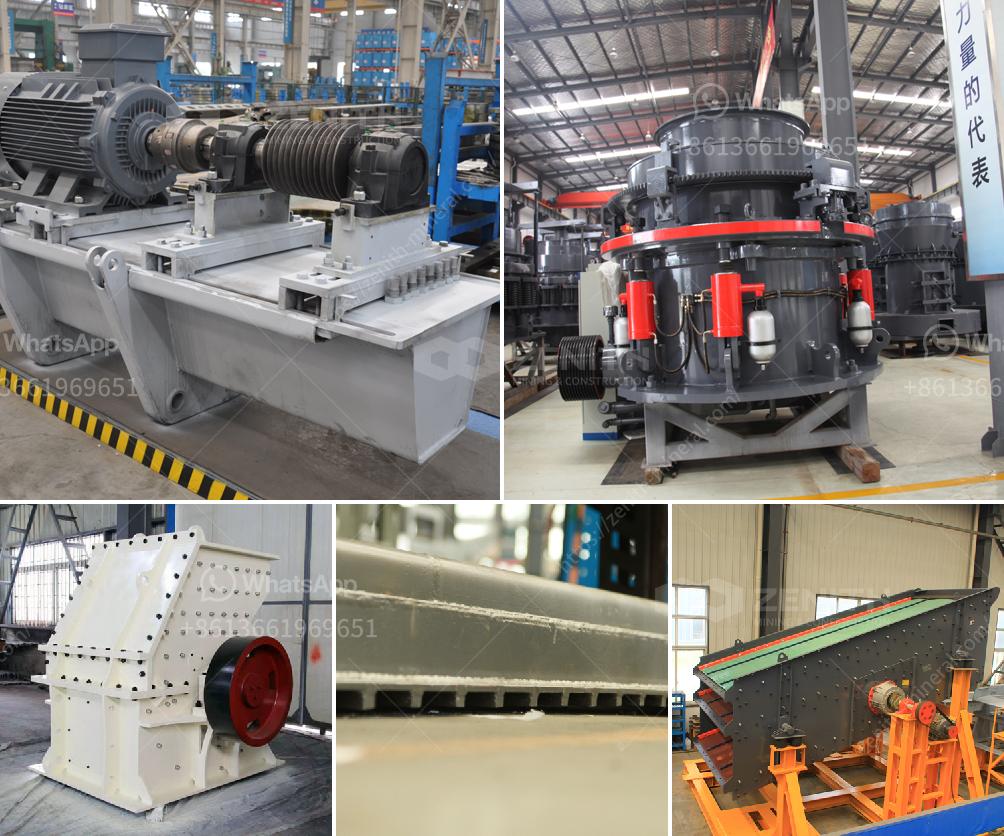Zinc is typically extracted using one of two primary methods: underground mining or open-pit mining, depending on the location of the ore deposit. Once the zinc ore (often in the form of sphalerite, or zinc sulfide) is mined, it undergoes several stages of processing to extract the metal.
Crushing and grinding: The mined ore is crushed and ground to liberate the zinc minerals from the host rock.
Concentration: This is usually done using froth flotation, where the ground ore is mixed with water and chemicals to form a slurry. Air is then injected into the slurry, causing the zinc-containing particles to attach to bubbles and float to the surface, where they are skimmed off.
Roasting: The concentrated zinc sulfide is then roasted in the presence of oxygen. This converts the zinc sulfide into zinc oxide, releasing sulfur dioxide gas, which can be captured and used to produce sulfuric acid.
Leaching and purification: The zinc oxide is then leached with sulfuric acid to create zinc sulfate solution. Impurities are removed from this solution through various purification processes, including solvent extraction and electrowinning.
Electrolysis: Finally, the purified zinc sulfate solution undergoes electrolysis. In this process, zinc is deposited onto cathodes while oxygen is released at the anodes. The zinc is then stripped from the cathodes and cast into ingots or other required forms.
This combination of physical and chemical processes ensures that zinc extraction is efficient and economically viable.
